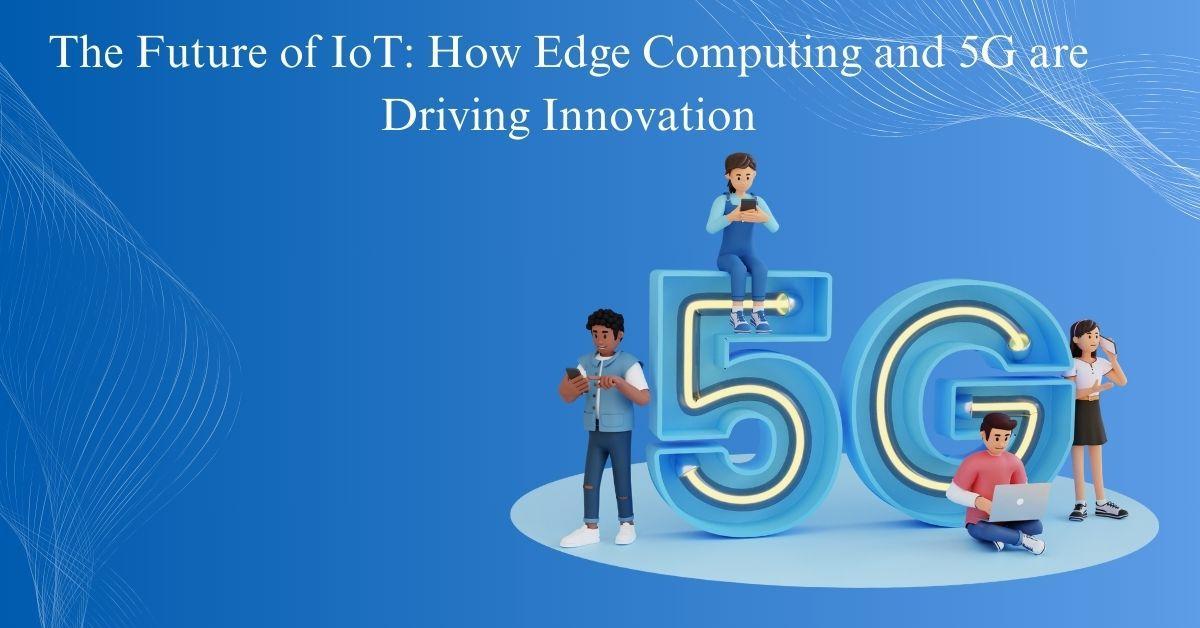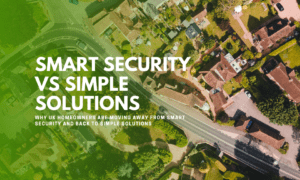In recent years, edge computing and 5G technologies have come together to redefine the landscape of the Internet of Things (IoT). Kiran Kumar Sunkara, an expert in this field, explores how these two technologies complement each other to address challenges in modern distributed systems, focusing on performance, efficiency, and security.
Revolutionizing IoT Performance
The integration of edge computing with 5G networks is a game-changer for IoT applications. Edge computing processes data closer to where it is generated, reducing latency significantly. Studies show that this combination can reduce latency by up to 40%, improving overall network resource utilization by approximately 35%. As a result, industries that require real-time data processing, such as healthcare and industrial automation, are experiencing profound improvements in system responsiveness and efficiency.
Moreover, 5G technology’s ultra-low latency and high connection density provide a backbone for edge computing solutions. With 5G supporting up to 1 million devices per square kilometer, the potential for scalable and responsive IoT networks is unprecedented. These advancements are not just theoretical; they are already transforming operational environments.
Efficiency Boost in Industrial Applications
Edge computing, combined with 5G, is reshaping industries that rely heavily on IoT. In manufacturing, this technology duo has enabled significant reductions in data transmission overhead—up to 32%—when compared to traditional cloud-based systems. Furthermore, real-time video analytics and predictive maintenance are now feasible with minimal latency and high bandwidth, enabling smarter, more efficient factories.
A notable benefit is the system’s ability to process data on-site rather than in a centralized cloud, which also enhances security. By localizing data processing, sensitive information is less exposed to potential breaches, decreasing incidents by as much as 25%.
Agricultural Transformation: Precision and Sustainability
The agricultural sector is another area that has seen a transformative impact from edge computing and 5G. By using real-time data from environmental sensors, farmers can now optimize irrigation and reduce water usage by up to 30%, with an accuracy rate exceeding 99%. These innovations help to address the growing demand for sustainable farming practices while increasing crop yield by up to 25%. The integration of 5G ensures that vast sensor networks, spread across large agricultural areas, can communicate with minimal delay, enabling faster decision-making and better resource management.
This capability for quick data processing is crucial for fields like precision agriculture, where time-sensitive decisions can lead to significant improvements in yield and operational efficiency. With edge-enabled systems, responses that once took seconds or minutes are now executed in milliseconds.
Security and Reliability in the Digital Age
One of the most crucial advantages of edge computing in IoT systems is the enhanced security it offers. By processing data locally rather than relying on a centralized cloud, organizations can better safeguard their sensitive information. Additionally, the distributed nature of edge computing makes systems more resilient, especially in industries requiring continuous operation, like healthcare and industrial automation.
Security frameworks that integrate blockchain technology are proving particularly effective in securing edge computing systems. Studies show that such systems can reduce unauthorized access by up to 95%, offering a robust defense against cybersecurity threats.
Looking Ahead: The Future of IoT Innovation
The continued convergence of edge computing and 5G promises even more groundbreaking developments. Researchers predict that these technologies will soon be able to support more than 50 billion connected devices, driving innovation in IoT applications across all sectors.
In the healthcare sector, edge and 5G integration is already reducing emergency response times and improving patient care delivery, with systems processing vital health data in real-time with nearly perfect accuracy. The combination of fast data processing, high device density, and ultra-low latency is creating a new era for IoT applications, offering immense potential for industries worldwide.
In conclusion, the integration of edge computing and 5G technologies is shaping the future of IoT. These innovations are optimizing performance, improving security, and enabling real-time capabilities across industries. As these technologies continue to evolve, they will undoubtedly drive further advancements, unlocking new opportunities for smarter, more efficient, and secure IoT solutions. The work done by Kiran Kumar Sunkara highlights how this convergence is already creating measurable impact and will continue to influence future research and development in the IoT field.



































